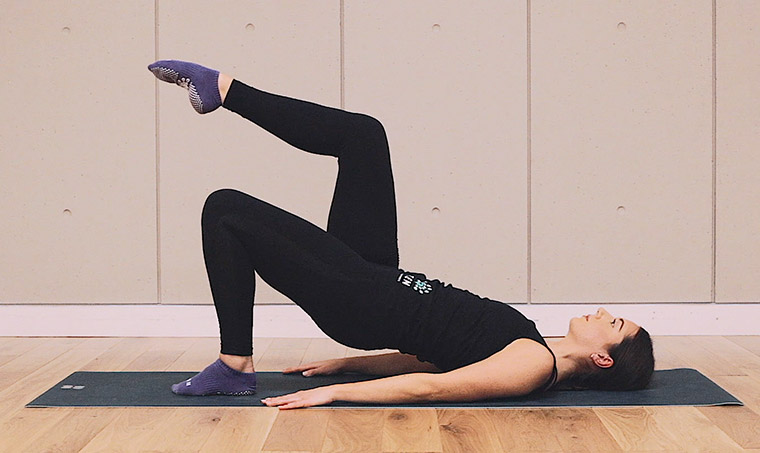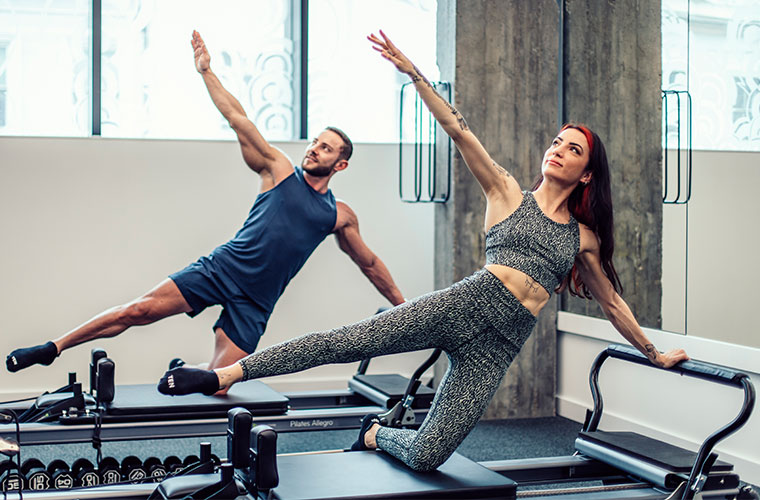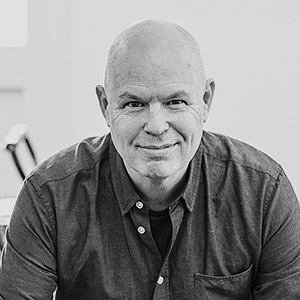What is Classical Pilates?
Originally named Contrology by Joseph Pilates, it only became known as Pilates after his death. It drew on elements from a number of disciplines and, in his hands, was a challenging and demanding discipline.
Controlology’s key aims were:
- To stretch, strengthen and balance the musculoskeletal system
- To improve postural alignment
- Focus on breath control – particularly through the abdominals
- To strengthen the abdominals and stabilise the pelvis, spine and shoulder girdle
- To increase muscular flexibility and joint mobility
Joseph’s clients were typically strong and fit, body aware and well co-ordinated – many were dancers. As a result, he could train their bodies as a whole system, rather than isolating specific muscles or muscle groups. However, his focus was less on repetition than on perfection of the movement, so there was no aerobic element to his programme.
After Joseph’s death, and in the hands of new generations of teachers, his system evolved. It became slower paced, less challenging and less intense as Pilates adapted to a population without the strength or body control of Joseph’s original clients. With today’s more sedentary population, there is often more focus on postural correction, muscle isolation and re-educating muscle patterns, and also a greater rehab element.

OK, so what’s Ten’s Dynamic Reformer Pilates?
As the name suggests only the Pilates reformer is used (a wider range of equipment is available in Classical Pilates).
In some ways we’ve returned to Joseph’s original Controlology approach – we’re open-minded on the benefits of different disciplines, we’re focused on good posture through all movements, and we integrate full body movements into our classes.
But in other ways, we’ve also moved quite a long way forward. We have adapted the original Contrology method for the 21st century by:
- Increasing the dynamic flow of the exercises
- Adopting an ‘isolate, activate, integrate’ approach – so we work a muscle group in isolation first to make sure it’s ‘firing’ correctly, before making it work alongside other muscle groups in a compound movement (squat, lunge, rotation, overhead press etc)
- Increasing the number of repetitions and level of exertion. By working the muscles to fatigue we grow stronger and adapt faster, and by building strength we can then work harder
- Focusing more on neutral spine to reduce the risk of posture-related injury
- Adding aspects of weights and circuit training into the sessions to increase the heart rate and challenge the body further.
- Making sets longer with less resting time, to add an aerobic component and increase stamina

Why should you practice both disciplines?
Variety is always a benefit in exercise. It’s always good to keep the body ‘guessing’. Bringing in exercises and movements that we’re less familiar or comfortable with challenges us more – both mentally and physically – than continually repeating the same routines. So we progress faster and further as a result.
While there are differences between both disciplines in terms of overall approach, exercises performed, pace, intensity and sequencing, the disciplines are complimentary; each improves the ability to do the other.
If you’re already doing Dynamic Reformer Pilates
Because Classical Pilates is generally slower paced, with a more limited repertoire of exercises and smaller classes, you can focus more precisely on specific techniques than is possible in a Dynamic Reformer Pilates class. (And you’ll reap the benefits in your Reformer classes afterwards.)
Classical Pilates brings in a wider range of equipment (including the tower, Cadillac, wunda chair and ladder barrel) and with them, a new repertoire of exercises, that will add variety and challenge your body in new ways.
If you’re already doing Classical Pilates
Dynamic Reformer Pilates places more emphasis on developing proprioception and balance. It also brings a more fluid class ‘flow’ and a wider range of exercises, and therefore a more varied workout.
Classes are more dynamic, with one exercise flowing into the next, rather than what can be quite a stop-start approach.
Classes are also more intense and challenging – with an emphasis on ‘time under tension’ you’ll do more repetitions per exercise, with greater levels of physical intensity and less resting time between exercises. By raising the heart rate and working the muscles to fatigue, you’ll see faster increases in strength and muscular endurance along with cardiovascular benefit.
If you’re new to both
The combination of Dynamic Reformer and Classical Pilates will give you a really solid platform to build on – you’ll improve in all areas including technique, control, balance, flexibility, strength and stamina as your Pilates practice develops.
The combination will keep your workouts varied and challenging, helping improve motivation and consistency (both key to any successful exercise regime).
You’ll develop good movement patterns – efficiently, powerful and effective – that will not only improve your performance in other sports, as well as in your daily life, and you’ll reduce the risk of injury.



